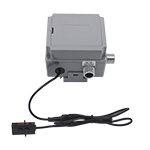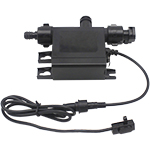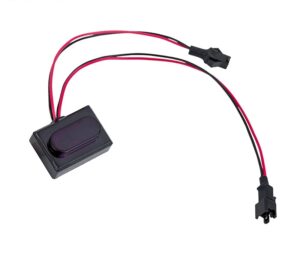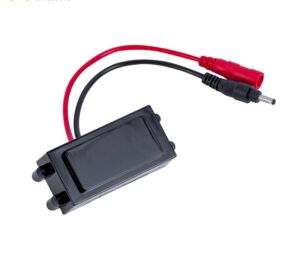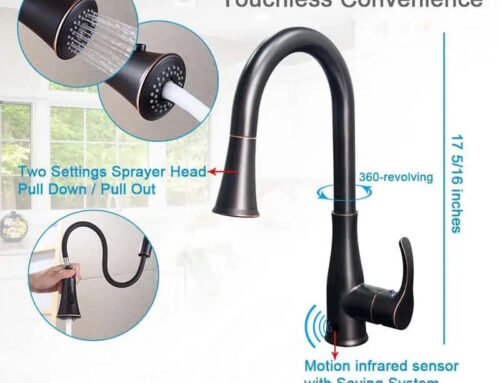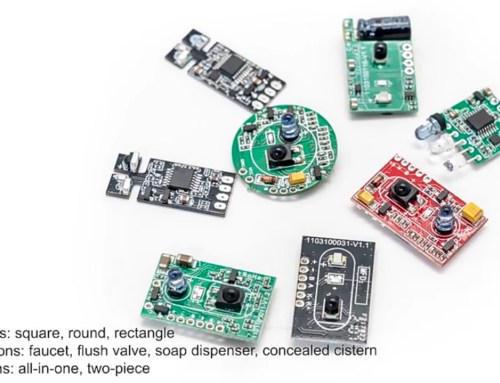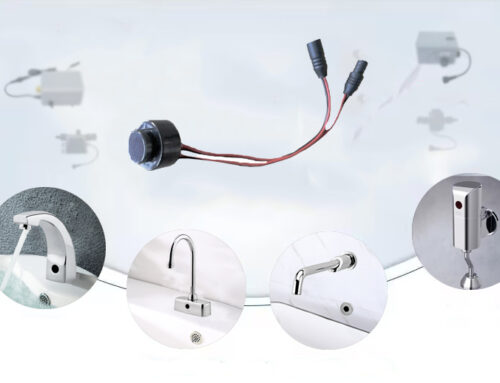Infrared sensors are popularly used in automatic sanitary wares, such as sensor faucets, touchless flush valves, touchfree soap dispensers and electronic concealed cisterns. But do you know how the sensors are produced? Today we will show you the sensor production procedure in Rajeyn company.

Firstly, experienced engineers will design the PCB (printed circuit board) with technical software based on customer’s function request. The PCB can be different shapes, such as round, rectangle or square. The PCB layout takes an important part because it is decisive factor to influence the production efficiency. On the other hand, it will influence the product cost.
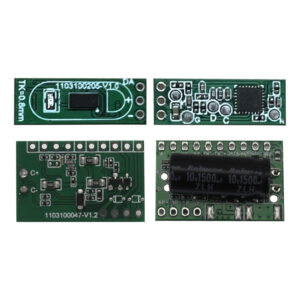
Secondly, the PCB will be delivered to the SMT (surface-mount technology) workshop for electronic components processing. SMT is a method in which the electrical components are mounted directly onto the surface of a printed circuit board (PCB). SMT allows for increased manufacturing automation which reduces cost and improves quality. It also allows for more components to fit on a given area of substrate. Now Rajeyn has four SMT production lines, not only producing Rajeyn infrared sensors but also providing processing services for other customers. You will notice that all Rajeyn’s SMT equipment are lead-free and the workshop is dust-free.
Thirdly, the finished PCBA (Printed Circuit Board Assembly) will sent to Rajeyn electronic workshop, where workers will solder wires, add sensor shield and sensor housing for the boards. All workers are wearing antistatic wrist strap during production to protect the boards. All the sensors are 100% tested for three times to ensure all the settings are correct.
Fourthly, the semi-finished proximity sensors should be potted with epoxy glue in the potting room. It will take 2-3 days to dry the sensors. After that, workers needs to test the finished sensors with glue and sort them out to pack with sealing bags or cartons. Now you will have high performance proximity motion sensors.

